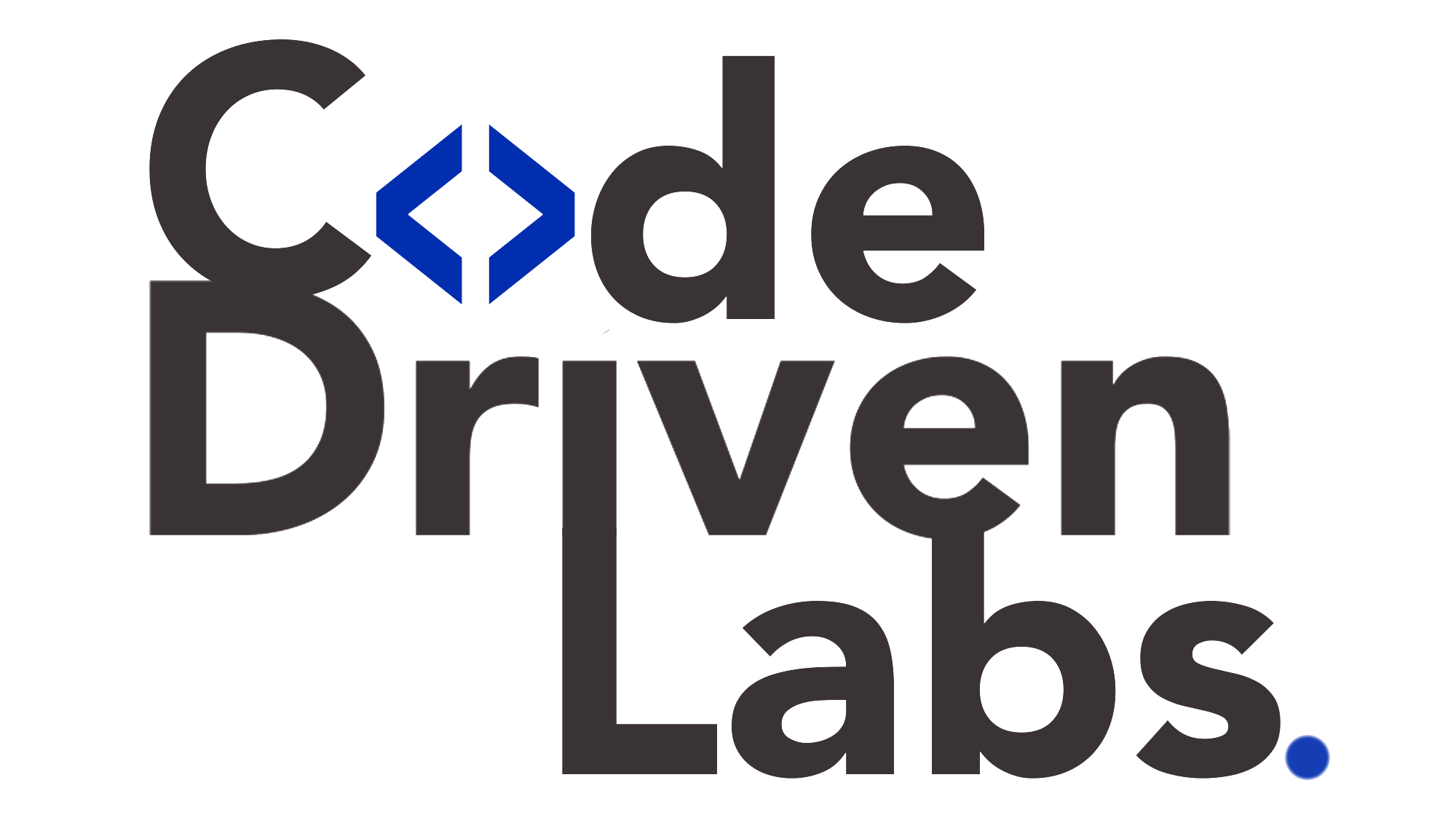Level up your business with US.
- Home
- Crafting Automation Testing Strategies for Diverse Industry Challenges
Crafting Automation Testing Strategies for Diverse Industry Challenges
August 15, 2025 - Blog
Crafting Automation Testing Strategies for Diverse Industry Challenges
In today’s fast-paced digital landscape, automation testing has evolved from a competitive advantage to a critical necessity. Businesses across industries—from finance and healthcare to manufacturing and media—rely on automation to deliver quality software at speed. However, each industry presents unique technical, regulatory, and operational challenges, making it essential to craft automation testing strategies that are not only robust but also adaptable.
The challenge is clear: how do you design automation testing frameworks that address diverse industry needs while maintaining efficiency, scalability, and compliance? The answer lies in a combination of industry-specific adaptation and the use of code-driven labs to enhance flexibility and collaboration.

Why Automation Testing Strategies Must Be Industry-Specific
While the foundational principles of automation—speed, repeatability, and accuracy—apply universally, the context in which these principles are applied varies greatly across sectors.
1. Different Technology Ecosystems
-
Banking systems might rely on mainframe integrations and secure APIs.
-
Healthcare software needs interoperability with Electronic Health Record (EHR) systems.
-
Manufacturing combines IoT devices, robotics, and cloud analytics.
2. Regulatory Compliance Pressures
-
Finance must comply with PCI DSS and SOX standards.
-
Healthcare must follow HIPAA and GDPR guidelines.
-
Aerospace and automotive industries must meet ISO and safety-critical regulations.
3. Business Impact of Failure
-
In retail, a failed checkout system means lost revenue.
-
In manufacturing, downtime halts production lines.
-
In streaming media, buffering leads to user churn.
Because of these variations, a generic automation testing approach is insufficient. Instead, strategies must be tailored to the unique operational risks and goals of each industry.
Core Pillars of an Effective Automation Testing Strategy
Regardless of industry, strong automation testing strategies share certain foundational pillars:
-
Clear Objective Definition
Identify whether the priority is speed-to-market, compliance, scalability, or performance optimization. -
Technology Stack Alignment
Choose tools and frameworks that integrate seamlessly with the existing tech ecosystem. -
Test Data Management
Implement secure, realistic test data generation that meets privacy and compliance requirements. -
Continuous Integration/Continuous Deployment (CI/CD)
Embed automation in the CI/CD pipeline to ensure constant quality validation. -
Scalability and Maintainability
Structure tests for easy maintenance as systems evolve.
These pillars act as the base, but the customization on top of them defines success in specific industries.
Examples of Industry-Specific Automation Testing Strategies
1. Manufacturing
-
Focus Areas: Predictive maintenance, real-time sensor validation, robotics control software.
-
Key Challenges: Integration with PLCs, SCADA systems, and hardware simulators.
-
Strategy: Use hardware-in-the-loop testing, simulate sensor anomalies, and validate machine learning algorithms for predictive alerts.
2. Healthcare
-
Focus Areas: Patient data privacy, interoperability, accurate diagnostics.
-
Key Challenges: Regulatory constraints (HIPAA, GDPR), sensitive data handling.
-
Strategy: Automate compliance verification, anonymize test data, and run functional tests on multiple EHR platforms.
3. Finance
-
Focus Areas: Transaction accuracy, fraud detection, system security.
-
Key Challenges: Large volumes of real-time transactions, zero-tolerance for downtime.
-
Strategy: Integrate API testing for payment gateways, load test trading platforms, and run automated regression tests after every release.
4. Media & Entertainment
-
Focus Areas: Streaming performance, content personalization, ad delivery.
-
Key Challenges: High concurrency, low latency requirements, multi-device compatibility.
-
Strategy: Perform real-time playback tests, simulate peak traffic, and validate recommendation algorithms across diverse network conditions.
Common Challenges Across Industries
Despite sector-specific nuances, several automation testing challenges remain consistent across industries:
-
Test Environment Complexity – Setting up realistic test environments that mirror production.
-
Data Privacy & Security – Preventing breaches during automated test execution.
-
Tool Overload – Managing multiple testing tools without redundancy or conflict.
-
Maintenance Overhead – Keeping scripts updated as systems evolve.
-
Cross-Team Collaboration – Aligning QA engineers, developers, and business stakeholders.
This is where code-driven labs significantly improve outcomes.
How Code-Driven Labs Transform Automation Testing Strategies
Code-driven labs are centralized, collaborative environments where teams can create, execute, and manage test scripts alongside version-controlled codebases. They are not limited to one tool or methodology; instead, they integrate seamlessly with various frameworks and pipelines.
Here’s how they help address diverse industry challenges:
1. Unified Testing and Development Workspace
-
All scripts, configurations, and datasets are stored in a central repository.
-
Developers and testers can collaborate in real time, reducing miscommunication.
2. Integration with Industry-Specific Tools
-
Manufacturing teams can integrate PLC simulators.
-
Media teams can plug in streaming performance monitors.
-
Finance teams can connect to secure transaction sandboxes.
3. Reproducible and Auditable Test Runs
-
Every execution is version-controlled for traceability—crucial for compliance-heavy industries.
-
Helps auditors and regulators verify testing processes quickly.
4. Scalability Through Parallel Execution
-
Run hundreds or thousands of tests simultaneously.
-
Useful for industries with high concurrency needs, such as media streaming or financial trading.
5. Secure Test Data Management
-
Built-in mechanisms to mask or encrypt sensitive data.
-
Meets privacy requirements like HIPAA, GDPR, and PCI DSS.
6. Continuous Monitoring and Reporting
-
Real-time dashboards show pass/fail rates, performance bottlenecks, and compliance results.
-
Early detection of failures reduces downtime risk.
Real-World Impact: Case Studies
Case Study 1: Healthcare EHR Integration
A healthcare provider needed to validate its new EHR system across multiple partner hospitals.
Challenge: Compliance with HIPAA and ensuring data accuracy during migration.
Solution with Code-Driven Labs:
-
Automated functional and integration tests on anonymized patient data.
-
Version-controlled execution logs for compliance audits.
Result: Reduced manual testing time by 60% while passing compliance checks on the first attempt.
Case Study 2: Manufacturing Predictive Maintenance
A manufacturing firm introduced IoT-enabled assembly lines.
Challenge: Ensuring machine learning-based predictive maintenance triggers worked reliably.
Solution with Code-Driven Labs:
-
Simulated machine failures within the test environment.
-
Integrated real-time hardware feedback loops into automated scripts.
Result: Increased production uptime by 20% and reduced false alerts by 35%.
Case Study 3: Media Streaming Load Testing
A streaming platform prepared for a global sporting event broadcast.
Challenge: Managing millions of concurrent viewers without buffering.
Solution with Code-Driven Labs:
-
Simulated user traffic from multiple geographies.
-
Automated multi-resolution playback and ad delivery tests.
Result: Achieved a flawless event stream with zero downtime.
Best Practices for Building Effective Automation Strategies with Code-Driven Labs
-
Collaborate Early – Involve domain experts from the start to identify real-world testing scenarios.
-
Automate Compliance – Embed regulatory checks into automated pipelines to avoid costly delays.
-
Use Modular Scripts – Keep tests modular for easier maintenance and reuse across projects.
-
Leverage Parallelism – Run tests concurrently to speed up feedback loops.
-
Measure and Optimize – Use lab analytics to identify slow or flaky tests and improve them.
-
Secure Data at All Levels – Never run automation with unprotected sensitive information.
The Future of Automation Testing Across Industries
Automation testing is moving towards:
-
AI-Driven Test Generation – Using ML to create and adapt tests automatically.
-
Self-Healing Scripts – Automation that updates itself when UI or API changes occur.
-
Deeper Domain-Specific Simulations – More accurate manufacturing hardware models or media network conditions.
-
Full Cloud-Native Pipelines – Where code-driven labs serve as the command center for global testing operations.
Industries that adopt these innovations early will set themselves apart in terms of speed, quality, and customer trust.
Conclusion
Crafting automation testing strategies for diverse industries is not about building one perfect framework—it’s about adapting principles and tools to meet sector-specific demands. Manufacturing needs real-time sensor validation, healthcare demands strict compliance, finance prioritizes security, and media focuses on performance under scale.
Code-driven labs provide the adaptability, collaboration, and transparency needed to meet these challenges head-on. By centralizing workflows, supporting domain-specific integrations, and ensuring reproducible, secure test runs, they empower teams to deliver high-quality results—regardless of industry.
